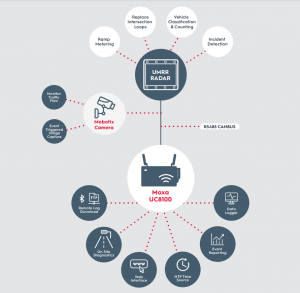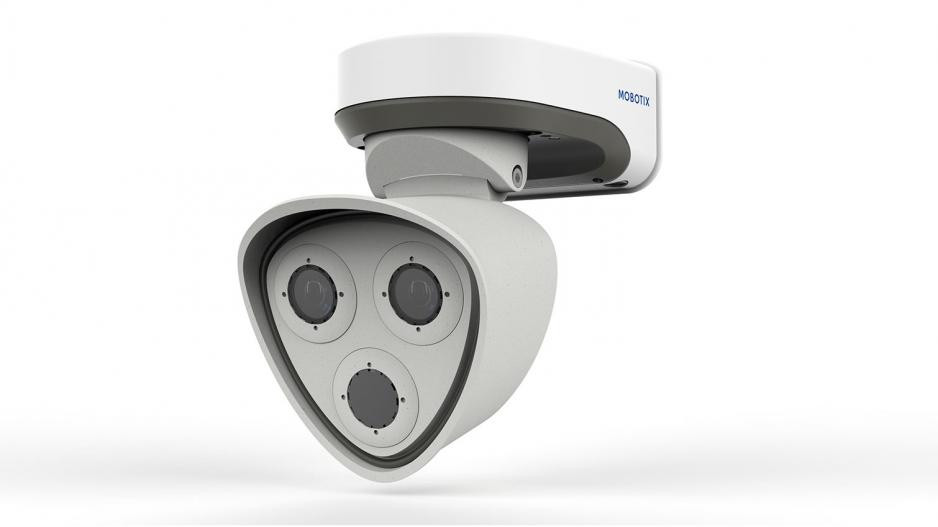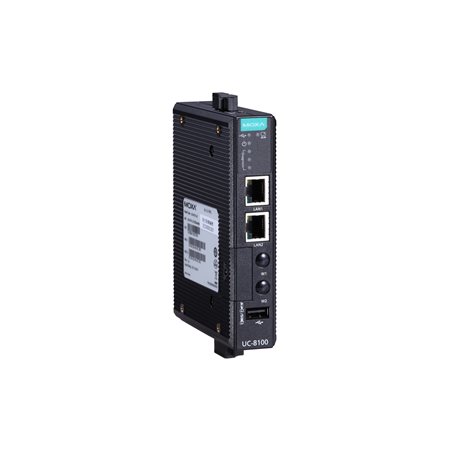Integrated Solutions for Traffic Management
Implement an integrated solution to improve traffic management without stopping traffic.
Limitations of traditional traffic monitoring technology
Inductive loops are the traditional vehicle detection technology used at intersections and on the motorway to monitor traffic flows. These loops are fixed in the road surface providing minimal options in terms of configuration and data availability. As loops are located under the road surface or pavement, loops end up requiring significant maintenance, as high traffic areas cause loops to frequently deteriorate or fail. Due to the way loops are installed, maintenance can cause disruption to traffic flow and potential road or lane closures. Loop detection systems are increasingly being seen as an inefficient and costly way to monitor and measure traffic.
Safe, versatile and real time traffic data
By introducing the use of a smart traffic radar, the invasive nature of traffic loop installation and maintenance is avoided. By using a smart traffic radar, it enables road authorities to install a safe, versatile and reliable technology on the roadside or on overhead gantry infrastructure, significantly reducing the impact on road users and providing useable real-time traffic data in existing or next generation traffic controller systems.






